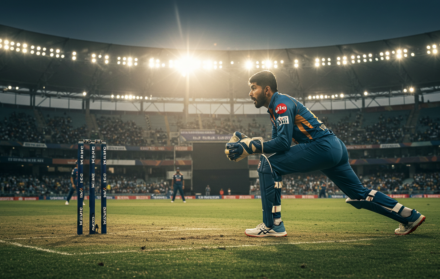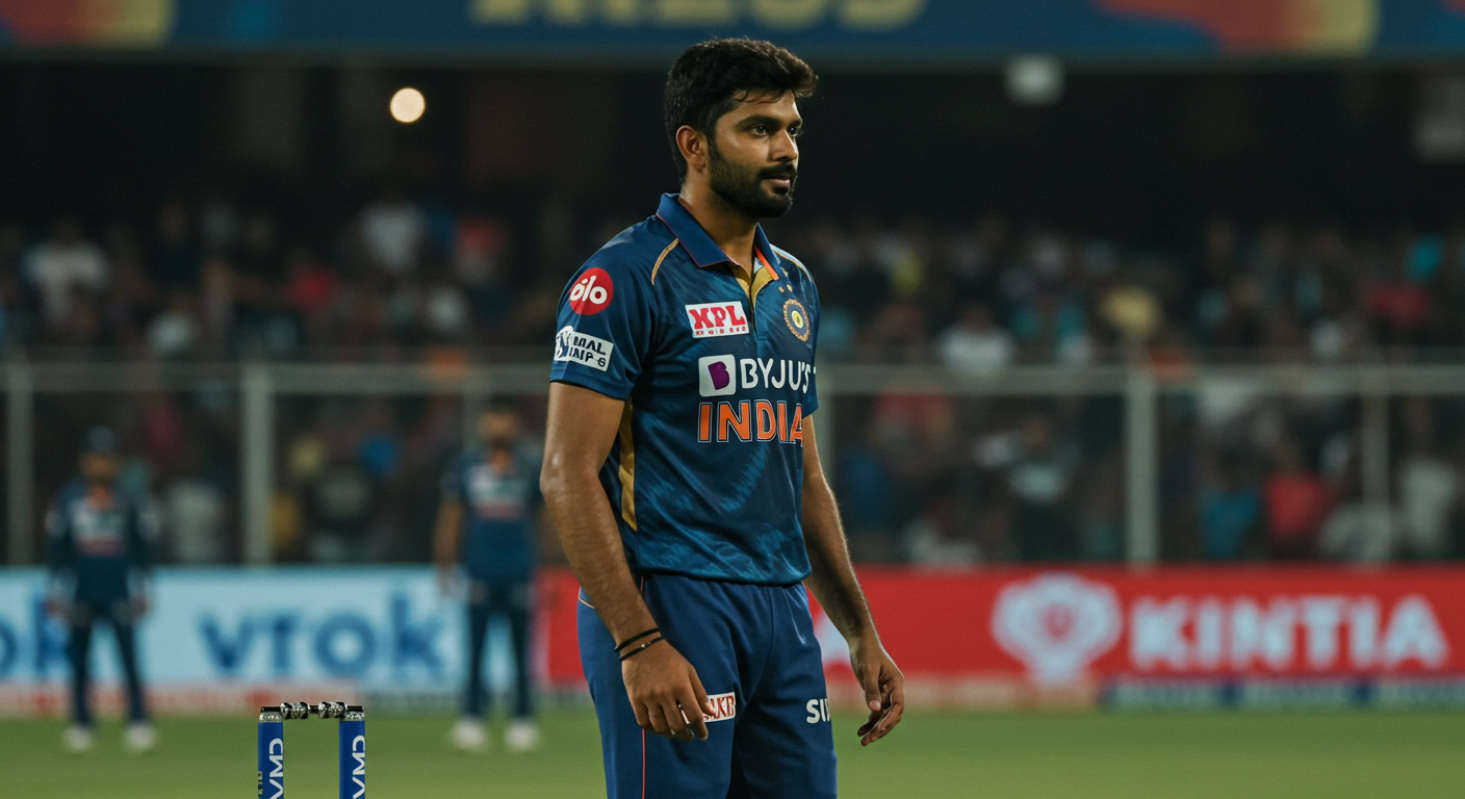
Tilak Varma: Calm Head, Big Shots, Bright Future
Tilak Varma represents a growing class of Indian cricketers who combine composure with power, and consistency with range. A left-handed middle-order batter with strong domestic credentials and an increasingly reliable IPL track record, he has quickly entered the conversation as one of India’s most promising limited-overs prospects.
What makes Tilak stand out isn’t just his ability to clear the ropes or play spin — it’s his decision-making under pressure. He doesn’t force shots, doesn’t panic in chases, and rarely looks rushed, even when the required rate climbs. His game is built on control, not chaos.
Still only in his early 20s, he has already played in high-stakes environments: the IPL, India A tours, and most recently, the national team in T20Is. In each format, he has shown signs of technical clarity, maturity at the crease, and a calm temperament usually associated with more experienced players.
This article examines Tilak Varma’s development as a batter, his domestic and IPL impact, his skill set across conditions and formats, and what his emergence means for India’s middle-order planning in the short and long term.
Tilak Varma’s Hyderabad Roots and Early Consistency
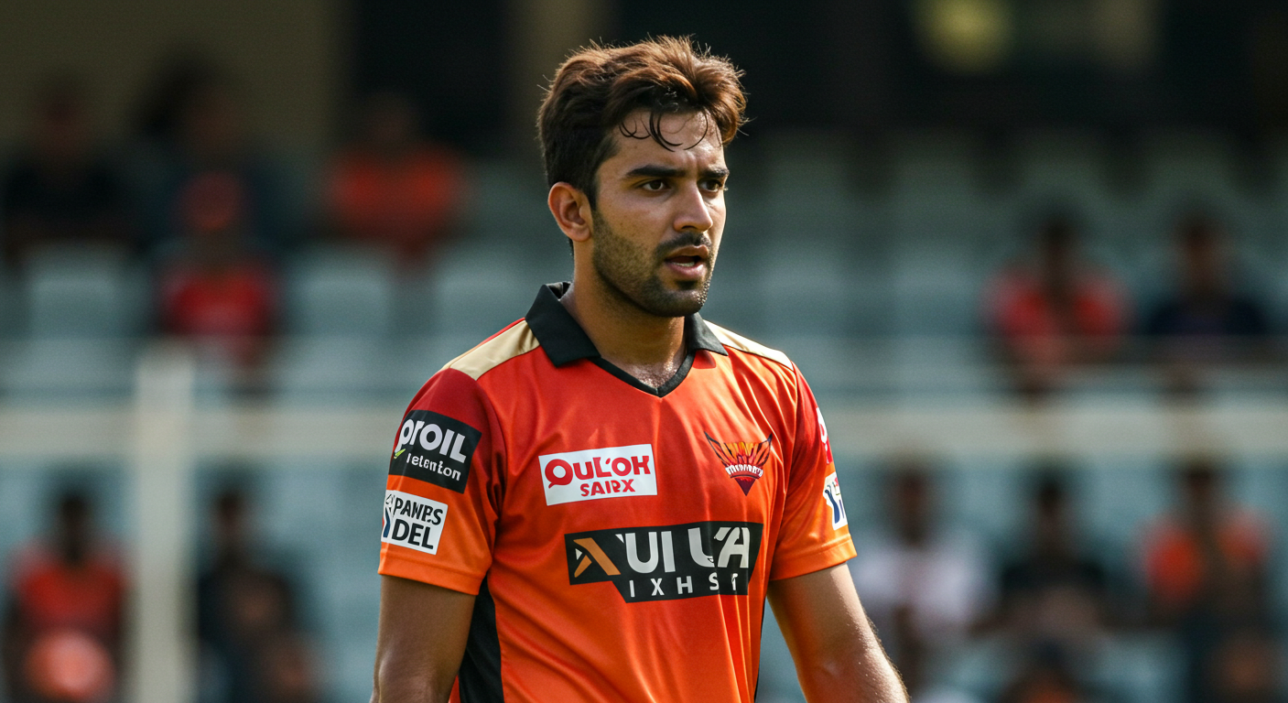
Tilak Varma began his senior domestic career for Hyderabad in 2018, making debuts in all three formats before turning 18. A product of the Hyderabad age-group system, he came through a structure that has produced solid technicians over the years. From early on, he showed a preference for batting in the middle order, handling spin-heavy attacks and long innings in red-ball cricket with notable poise.
In the Ranji Trophy, his technique stood out for a player of his age. He displayed a tight off-stump channel, good hands against seam movement, and a strong game square of the wicket. While his early red-ball numbers were modest, his confidence and adaptability were evident — particularly in long innings under pressure.
It was in white-ball cricket, however, that Tilak made a stronger initial impression. His strike rotation against spin, quick running between the wickets, and ability to finish innings made him a dependable No. 4 or No. 5 in Hyderabad’s one-day and T20 sides. Coaches consistently praised his work ethic and his ability to learn quickly — often tweaking small parts of his game from one tournament to the next.
He was selected for India’s Under-19 squad for the 2020 World Cup, where he contributed with useful runs in the middle order. Though not a headline performer, he impressed with his temperament and team-first mindset — traits that would define his career trajectory.
IPL Impact: Earning Trust in High-Pressure Situations
Tilak Varma’s IPL debut with the Mumbai Indians in 2022 was a turning point. Entering a team filled with high-profile international players, he quickly carved out a defined role — a middle-order batter trusted to consolidate after early wickets or accelerate at the death. What stood out was how unfazed he appeared in tight situations, even against world-class bowling attacks.
In his first season, he scored over 350 runs at a strike rate close to 135 — respectable numbers for a new entrant in a struggling team. But it wasn’t just the numbers. It was his shot selection under pressure, his ability to target short boundaries intelligently, and his refusal to overhit deliveries that made an impression on analysts and selectors alike.
Against both spin and pace, he has shown fluency. He uses the sweep effectively, is confident stepping down the track, and doesn’t hesitate to go aerial when the field allows. Against fast bowlers, he prefers driving and pulling, often manipulating field placements with early trigger movements and quick hands.
By 2023, he had become a mainstay in Mumbai’s middle order. His strike rate improved, he cleared the boundary more regularly, and he continued to finish innings with authority. In a lineup that included Rohit Sharma, Suryakumar Yadav and Tim David, Tilak often played the role of glue — building around others and stepping up when needed.
His IPL success wasn’t built on hype — it came from execution, discipline, and an understanding of his role. He didn’t need to be the star; he needed to be reliable. And Mumbai Indians, a franchise known for demanding performances over promise, kept backing him.
Playing Style: Compact Base with Expanding Range
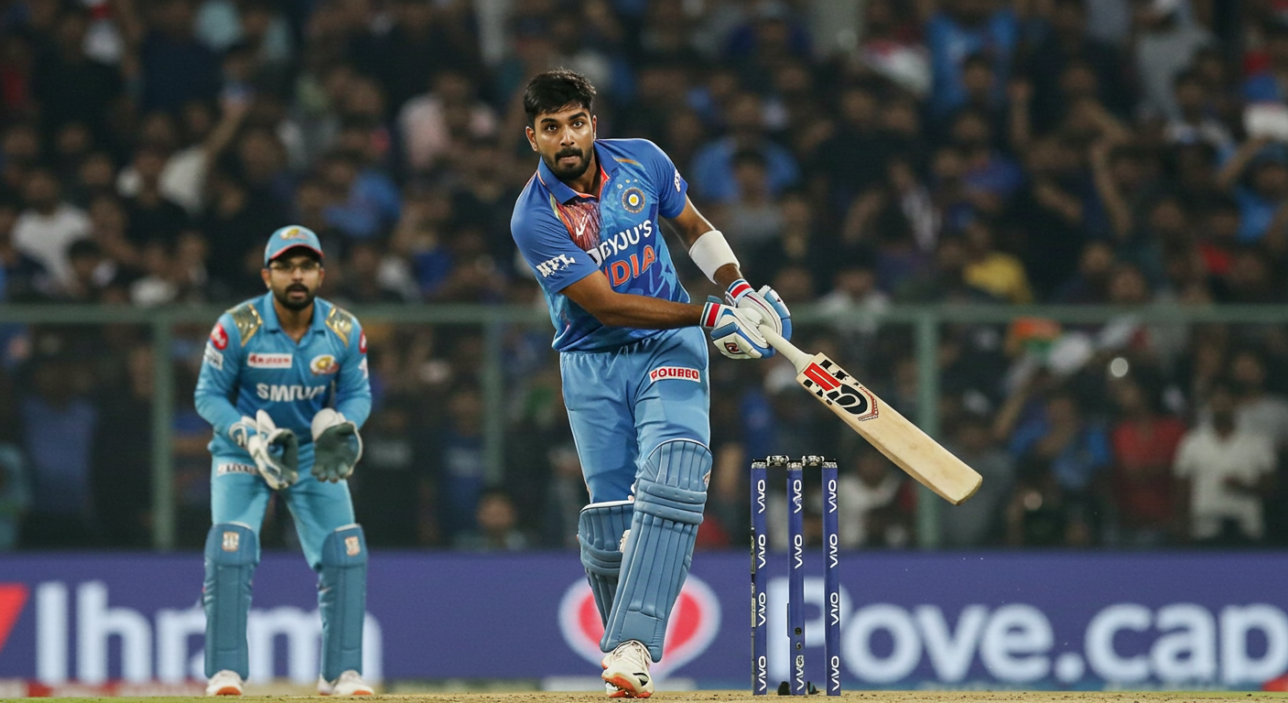
Technically, Tilak Varma is a clean striker. He doesn’t overextend, rarely gets into awkward positions, and uses the crease efficiently. His footwork is sharp, particularly when facing spin, and his hands remain soft when defending. This gives him options — he can rotate the strike without risk, then suddenly open up against weaker deliveries.
His strength lies in his balance at the crease. He doesn’t fall over trying to sweep, doesn’t over-commit on the front foot against seam, and is especially strong square on both sides of the wicket. Against slower bowlers, he picks length early and has a clear plan — often attacking the fifth and sixth balls of an over if the start has been quiet.
His power game has evolved noticeably. Early in his career, he was more of a timer than a hitter. But in the last two IPL seasons, he has added the lofted drive, the pick-up over midwicket, and the inside-out shot against off-spin to his toolkit. These have increased his boundary options without sacrificing his low false shot percentage.
Tilak rarely plays extravagant strokes unless the situation demands it. He values innings progression over highlight moments. This discipline — coupled with an increasing range — makes him a more complete middle-order batter than many of his peers.
T20I Debut and Early International Signs
Tilak Varma made his T20I debut for India in August 2023 during the West Indies tour. Unlike many debutants who take time to settle, he immediately looked in control. In his second match, he top-scored with a fluent 51, showing poise in a low-scoring chase. It wasn’t just the half-century — it was the way he anchored a faltering innings while managing the run rate without visible strain.
He finished the five-match series with 173 runs at an average of 57.66 and a strike rate above 139 — strong numbers that highlighted both productivity and acceleration. He rotated strike early in his innings, used angles to disrupt bowlers’ rhythm, and targeted high-percentage zones instead of trying to manufacture shots.
His calm approach under pressure drew comparisons with established middle-order players like Suresh Raina in his prime. Coaches praised his game awareness and ability to switch gears based on match context. Notably, he didn’t show signs of nervousness, even in tight finishes — a sign that he could handle more responsibility in India’s white-ball plans.
Tilak’s international debut suggested that he could play multiple roles — finisher, stabiliser, or aggressor — depending on team needs. That kind of flexibility is rare, especially in a player so early in his career.
Fit in India’s Middle-Order Plans

With India seeking to rebuild its middle order for the next World Cup cycle, especially in T20s, Tilak Varma offers a fresh profile: a left-hander who plays spin fluently, rotates well, and can clear the fence when needed. His left-handedness alone is a valuable tactical asset in breaking up India’s largely right-handed lineup.
He is not a like-for-like replacement for any existing player, but his game overlaps with traits found in several — a bit of Raina’s strokeplay, some of Iyer’s composure, and shades of Surya’s ability to improvise, though with less flamboyance. What he brings uniquely is his balance — the ability to attack without overcommitting.
In ODIs, his strike rotation makes him useful at No. 4 or No. 5, especially in spin-friendly conditions. In T20s, he could slot in anywhere from No. 3 to No. 6, depending on the match-ups. His willingness to play second fiddle when needed and take the lead when required is exactly what India has lacked in high-pressure knockout games.
If given a consistent run, he has the tools to anchor India’s middle overs and power the finishing phase — a dual responsibility that few current players handle comfortably. He doesn’t need a team built around him. He simply slots in and adds value.
Areas for Growth and Long-Term Development
Tilak Varma’s strengths are well established, but there are areas that still need refinement for him to become a long-term all-format player. Against high-end pace, particularly on lively pitches, he occasionally plays slightly across the line early in his innings. This has led to a few early dismissals when adjusting to bounce and lateral movement.
His back-foot game, while competent, can improve — especially the ability to ride bounce and counter short-pitched bowling with more than just a pull shot. Against fast bowlers aiming for the body or cramping him on the hip line, he sometimes gets caught between shot options. A broader off-side game off the back foot would allow him to score more fluently in seamer-friendly conditions.
In red-ball cricket, where he’s still developing, the question is not his technique but temperament across long innings. At times, he plays one shot too many after getting set — something common in younger players transitioning from white-ball formats. With more experience in first-class and India A games, this should smooth out naturally.
Physically, he’s strong and agile, but continued investment in fitness will be crucial if he is to handle the demands of three formats across packed international schedules. His growth curve remains steep, and if managed correctly, he has the potential to offer 10+ years of service at the top level.
Conclusion: A Modern Middle-Order Blueprint for India
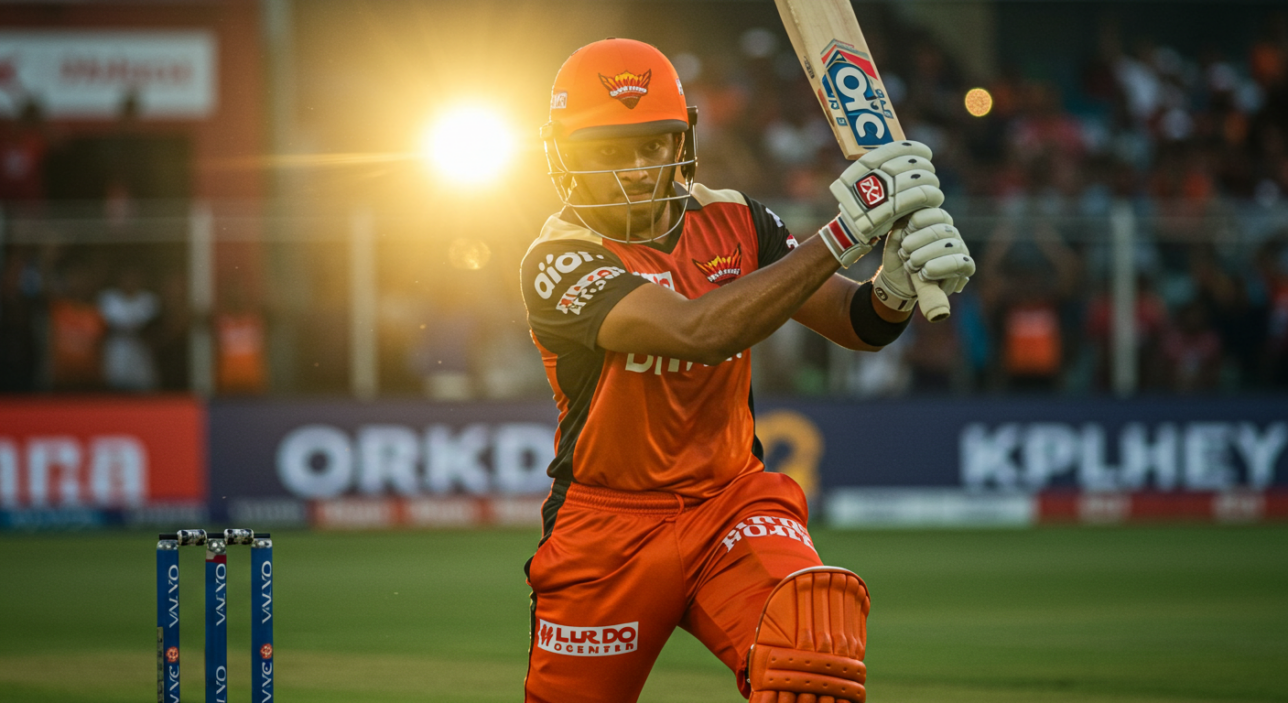
Tilak Varma may not be the loudest name in Indian cricket yet, but he is becoming one of the most important. In a team environment where middle-order clarity has often been lacking, he offers structure — the ability to adapt to situations, support senior partners, or take the lead without changing his natural rhythm.
What sets him apart isn’t flash or one-off brilliance. It’s the consistency of his decision-making, the maturity in his positioning at the crease, and his efficiency in shot selection. These are not traits commonly associated with 21-year-olds entering the Indian side.
India’s middle-order rebuild for the next generation will not be complete without a player like Tilak. He offers left-handed variation, control against spin, a clean range of hitting, and the kind of cricketing intelligence that allows coaches to plan confidently around him.
If the management resists the temptation to over-utilise or pigeonhole him, and instead lets him grow into roles across formats at his pace, India could find in Tilak Varma a rare asset — a calm head in volatile moments, and a batter who delivers more often than he dazzles.
The future isn’t speculative in his case — it’s already in motion. And it’s looking increasingly bright.



